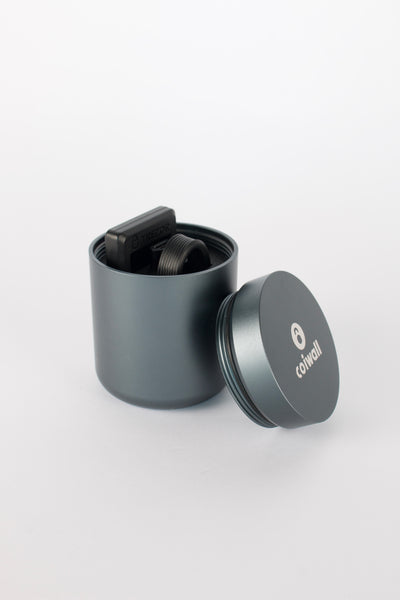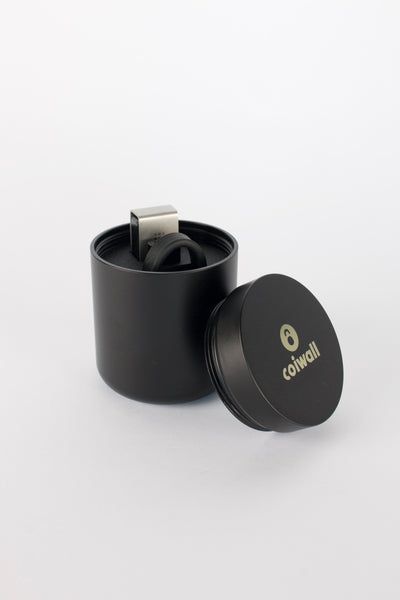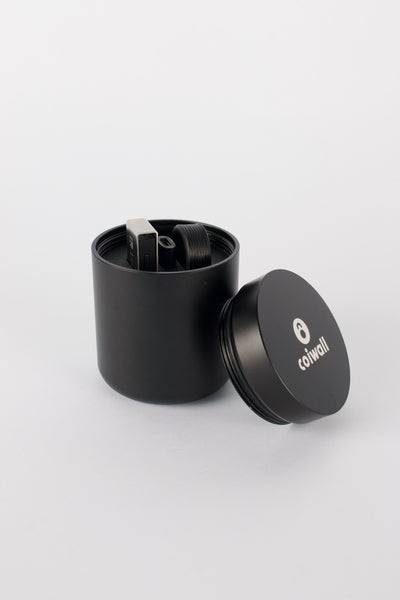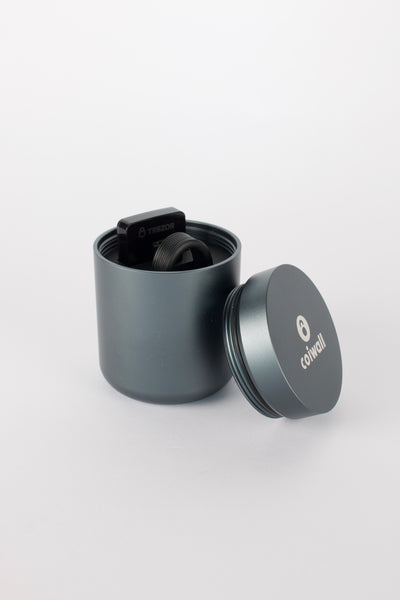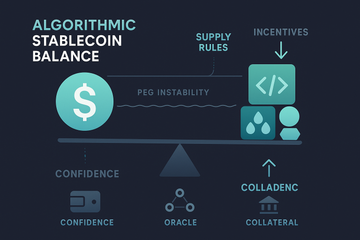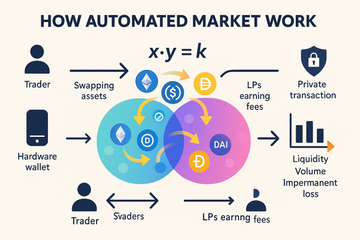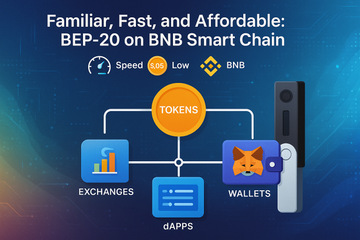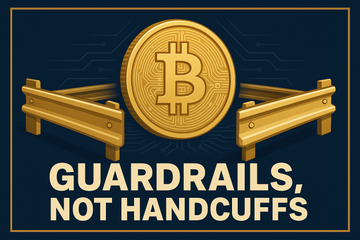So, what’s the real story behind wash trading? You may have stumbled across the phrase in a late-night Reddit thread, or perhaps you heard it whispered between two traders in a noisy café. Either way, the term’s got a shade of mischief about it, doesn’t it? Let’s pull back the curtain and see what’s actually going on.
Smoke, Mirrors, and Moving Numbers – What Is Wash Trading?
Imagine someone selling a baseball card to themselves, just swapping it from their right hand to their left, then parading around as if they closed a big deal. That’s basically the essence of wash trading: a trader sells and immediately buys the same asset—crypto, NFT, stocks, you name it—using different accounts (often both controlled by the same person). The goal? Make the world think there’s a lot of genuine interest, movement, or value where there probably isn’t. It’s a little like blowing up a balloon, then claiming it’s a weighty object. Sure, it looks big, but poke it, and there’s not much inside.
The Underbelly of the Blockchain: Why Bother with Wash Trades?
You might wonder, 'Why would anyone go to all this trouble?' The answer’s deceptively simple: smoke and mirrors sell. In highly competitive or emerging markets—think cryptocurrencies or NFTs—perceived demand is everything. Big spikes in volume or sudden wild valuations catch the eye. New traders roll in, thinking, 'Everybody wants this—maybe I should too.' The illusion of popularity is profitable.
Let me explain with a real-world example. NFT marketplaces have made headlines with million-dollar pixel art. Behind the glitz, some marketplaces fell victim to heavy wash trading, where people faked trading volume to jump their artwork up the charts. And here’s the twist—this isn’t just a crypto thing. Traditional finance knows this dance, too. Stockbrokers once used it to goose share prices, until regulators took notice (“Hey, that’s not quite cricket!”).
Rules Aren’t Just for Show: Regulation and Consequences
Now, don’t get the wrong idea. Wash trading isn’t some clever loophole or a bit of harmless showmanship—it’s illegal in stock markets and is firmly frowned upon in most regulated financial circles. The U.S. Securities and Exchange Commission (SEC) has slapped hefty fines on offenders over the years. And in the wild west of crypto? Well, regulators are catching up. Whether it's the CFTC poking its nose into suspicious trades on crypto exchanges, or watchdogs in the EU drafting new rules for NFTs, the heat’s turning up.
Still, crypto’s global, digital, and often anonymous nature makes clamping down on wash trading trickier. It’s not like following a paper trail in a small-town bank audit. We're talking blockchain–open ledgers for everyone, but also, if you’re savvy enough, plenty of places to hide. Some projects—Ledger, Trezor, and their ilk—add layers of transparency and security, letting real users keep tabs on their assets. Still, that doesn’t always stop shady market moves but can make determining legitimate trades easier over time.
When the Numbers Aren’t What They Seem: Recognizing Wash Trading
How can an average investor spot the difference between real action and a smoke machine in overdrive? It’s not easy. Wash trading leaves subtle fingerprints, though. Look for these red flags:
- Unnatural spikes in trading volume: Sudden massive jumps, especially in lower-market or less popular assets.
- Repeated buys and sells for the same amounts: Watch for patterns that look almost robotic.
- Out of sync price changes: Price swings without any news or buzz sometimes mean the numbers have been goosed.
And sometimes… well, it just doesn’t pass the smell test. If everyone online’s talking about a rare token, but it’s always “selling” to the same handful of wallets, you might want to trust your gut. Or at least ask some pointed questions in the Discord.
Why Should You Care?—The Real-World Impact
You know what? Wash trading matters, even if you never touch an NFT or buy a coin with a dog on it. This practice warps the reality of the marketplace. Honest buyers and sellers get tricked into thinking something is legit or in high demand when it’s… well, hot air. Prices swing, people get burned, and trust in the whole system erodes.
This can have ripple effects, too. New investors, pulled in by the hype, sometimes make emotional decisions. They buy high, then crash hard when the price inevitably falls back to earth. Over time, this toxicity can scare folks away—stunting the growth of technologies that could genuinely make markets fairer and more accessible. Isn’t that what everyone in the crypto space claims to want?
Caught in the Act: Recent Headlines & Market Responses
Let’s get a bit specific. In 2022 and 2023, data analysts and watchdogs flagged several NFT platforms for suspiciously high volumes. Reports (from firms like Chainalysis) estimated that the majority of trading on some NFT markets was, at times, wash trading. That’s not just a few bad apples; it’s a systemic problem during speculative booms. The crypto world’s response has been mixed. Some exchanges are building transparency tools, others are slow to act.
Meanwhile, savvy users turn to hardware wallets—Trezor, Ledger, and the like—not just for security but peace of mind. These wallets don’t prevent market shenanigans, but they do mean your assets stay under your control, unless, of course, you fall for a scam that’s smoke and mirrors in a different disguise. (It happens, don’t feel bad. Even seasoned pros get fooled from time to time.)
Okay, So What’s an Investor to Do?
Let’s bring it back to you. Maybe you’re here to make money, or you just like the thrill of the chase. Either way, nobody likes being played. Here are a few ways to stay sharp:
- Don’t trust volume at face value. Do a little digging—sometimes analytics sites or even good ol’ Twitter can clue you in.
- Question the hype train. If a story or asset only seems hot because of its numbers, be skeptical.
- Use tools to track wallet addresses. Some platforms let you see who’s actually trading—if it’s a lot of the same parties, that’s a clue.
- Keep your assets secure. Use established wallets, not just because they’re famous but because they have brick-and-mortar security behind the digital storefront.
And remember—sometimes the best move is just not to play the game when it feels rigged. Take a breath, check your facts, and don’t be afraid to sit things out until the fog clears.
Wrapping Up the Smoke Show
Wash trading may sound theatrical, but the consequences are very real. It distorts prices, tricks even sharp investors, and chips away at trust—something the digital asset world can’t afford to lose. Whether you’re a newcomer or a salty veteran, keeping your eyes open and your BS detector even sharper is just smart trading.
Honestly, the crypto market’s not going anywhere. But its credibility rests on what traders do in the shadows (and what you choose to overlook). So the next time you see eye-popping volume or an asset going viral overnight, just remember: sometimes, it’s all just smoke and mirrors.

